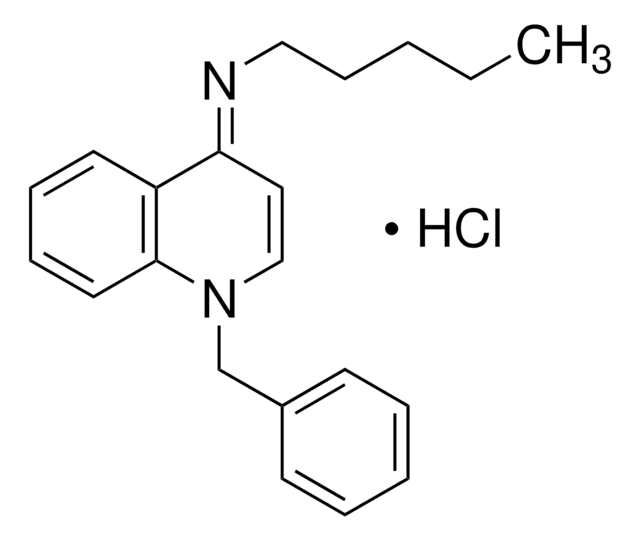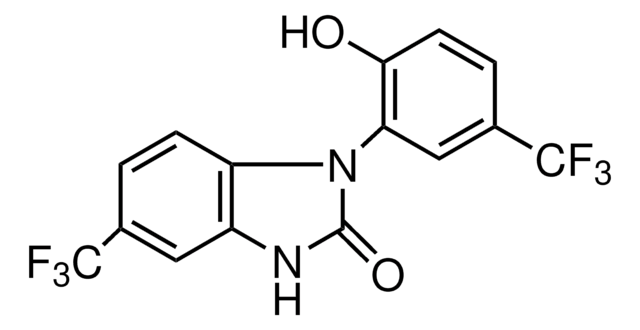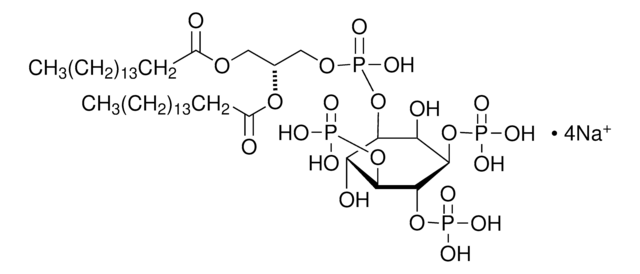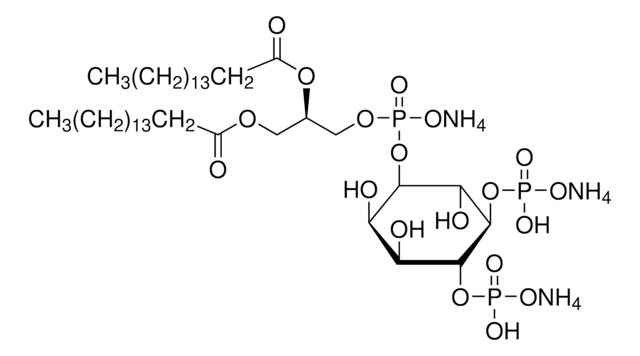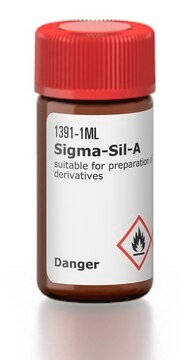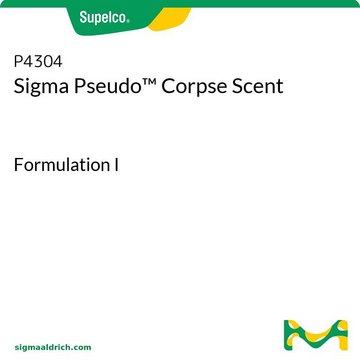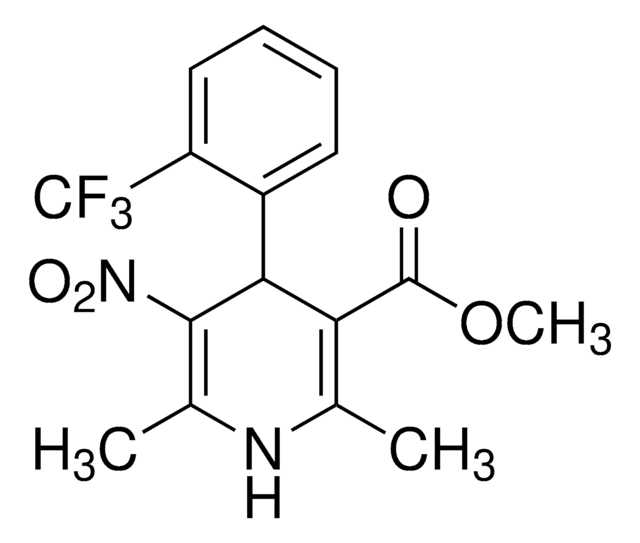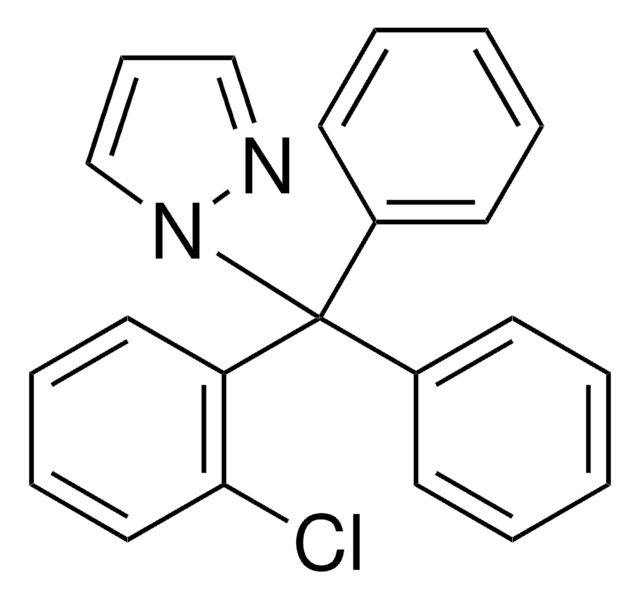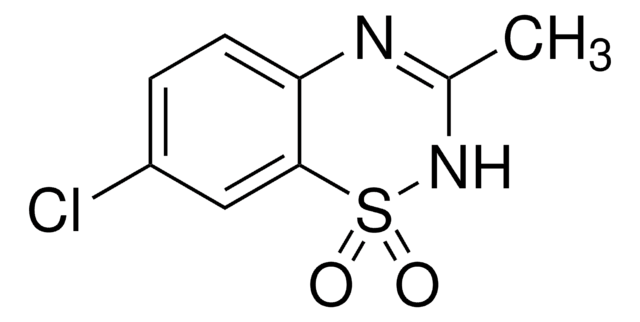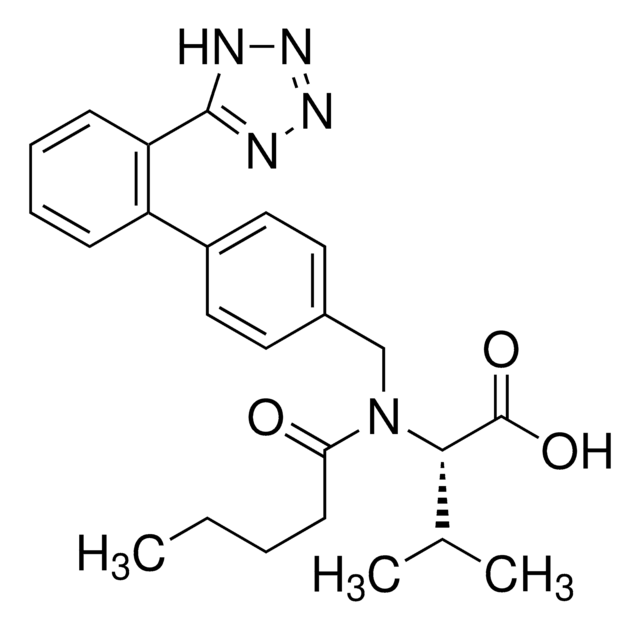Kluczowe dokumenty
About This Item
Polecane produkty
Poziom jakości
Próba
≥98% (HPLC)
Formularz
powder
kolor
faintly yellow
temp. przechowywania
2-8°C
ciąg SMILES
CC(C)(O)C1OC2CCC3(C)C(O)(CCC4Cc5c([nH]c6ccccc56)C34C)C2=CC1=O
InChI
1S/C27H33NO4/c1-24(2,30)23-20(29)14-18-21(32-23)10-11-25(3)26(4)15(9-12-27(18,25)31)13-17-16-7-5-6-8-19(16)28-22(17)26/h5-8,14-15,21,23,28,30-31H,9-13H2,1-4H3/t15-,21-,23-,25+,26+,27+/m0/s1
Klucz InChI
ACNHBCIZLNNLRS-UBGQALKQSA-N
Opis ogólny
Zastosowanie
Działania biochem./fizjol.
Cechy i korzyści
Inne uwagi
Hasło ostrzegawcze
Danger
Zwroty wskazujące rodzaj zagrożenia
Zwroty wskazujące środki ostrożności
Klasyfikacja zagrożeń
Acute Tox. 3 Dermal - Acute Tox. 3 Inhalation - Acute Tox. 3 Oral - Eye Dam. 1 - Skin Irrit. 2 - STOT SE 3
Organy docelowe
Respiratory system
Kod klasy składowania
6.1C - Combustible acute toxic Cat.3 / toxic compounds or compounds which causing chronic effects
Klasa zagrożenia wodnego (WGK)
WGK 3
Temperatura zapłonu (°F)
Not applicable
Temperatura zapłonu (°C)
Not applicable
Środki ochrony indywidualnej
Eyeshields, Faceshields, Gloves, type P2 (EN 143) respirator cartridges
Wybierz jedną z najnowszych wersji:
Masz już ten produkt?
Dokumenty związane z niedawno zakupionymi produktami zostały zamieszczone w Bibliotece dokumentów.
Klienci oglądali również te produkty
Nasz zespół naukowców ma doświadczenie we wszystkich obszarach badań, w tym w naukach przyrodniczych, materiałoznawstwie, syntezie chemicznej, chromatografii, analityce i wielu innych dziedzinach.
Skontaktuj się z zespołem ds. pomocy technicznej

